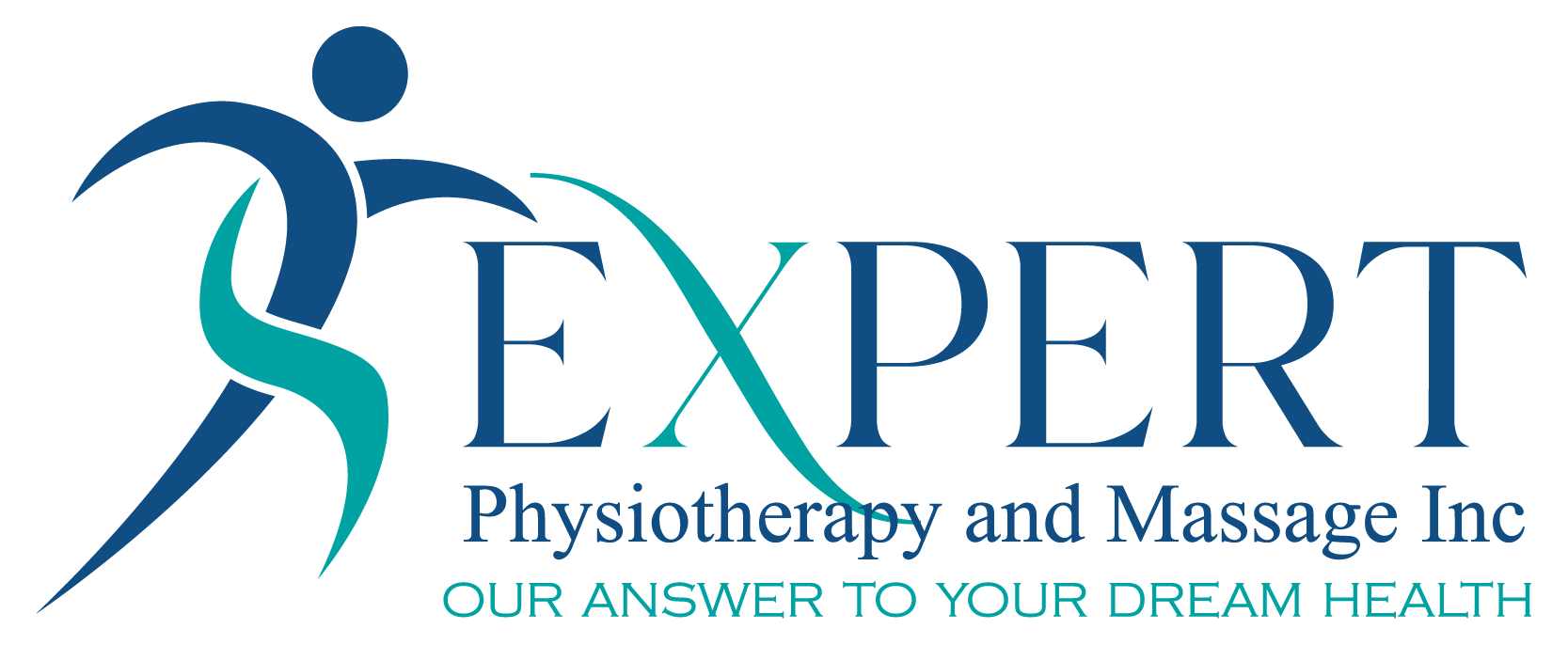Osteoporosis is a common condition that weakens bones, making them fragile and more susceptible to fractures. It’s often called the “silent disease” because it progresses without symptoms until a fracture occurs. However, with the right approach, including proper exercise, you can manage osteoporosis effectively, improve bone health, and maintain your quality of life.
Symptoms to Look For
While osteoporosis is often asymptomatic in its early stages, certain signs may indicate its presence:
- Back Pain: Often caused by a fractured or collapsed vertebra.
- Loss of Height Over Time: A noticeable reduction in height due to spinal compression.
- Stooped Posture: A forward-bending posture resulting from spinal fractures.
- Fractures: Bones that break more easily than expected, particularly in the hip, wrist, or spine.
If you experience any of these symptoms, consult a healthcare provider for evaluation and potential bone density testing.
The Importance of Exercise for Osteoporosis
Exercise plays a vital role in strengthening bones, improving balance, and reducing the risk of falls. Regular physical activity stimulates bone formation and slows bone loss. However, not all exercises are suitable for individuals with osteoporosis. Knowing which exercises to embrace and which to avoid is essential for safety and effectiveness.
Exercises to Do
1. Weight-Bearing Aerobic Activities
- Examples: Walking, dancing, low-impact aerobics, and gardening.
- Benefits: These activities work against gravity and help build and maintain bone density, especially in the hips, spine, and legs.
2. Resistance Training
- Examples: Lifting light weights, resistance bands, or using gym machines.
- Benefits: Strengthens muscles and bones, particularly in the upper spine and hips. Start with light weights and gradually increase resistance.
3. Balance and Stability Exercises
- Examples: Tai Chi, yoga (modified), or single-leg stands.
- Benefits: Improves coordination and reduces the risk of falls, a major cause of fractures in people with osteoporosis.
4. Flexibility Exercises
- Examples: Gentle stretches or yoga poses (approved by a physiotherapist).
- Benefits: Enhances joint mobility and reduces stiffness, promoting better posture and movement.
5. Posture Exercises
- Examples: Shoulder blade squeezes, wall slides, or chin tucks.
- Benefits: Helps maintain an upright posture and reduces spinal strain, minimizing the risk of compression fractures.
Exercises to Avoid
1. High-Impact Activities
- Examples: Running, jumping, or high-impact aerobics.
- Risks: These activities can put too much stress on weakened bones, increasing the risk of fractures.
2. Twisting Movements
- Examples: Golf swings, tennis, or certain yoga poses.
- Risks: Twisting motions, especially involving the spine, can lead to vertebral fractures.
3. Bending Forward from the Waist
- Examples: Sit-ups, toe-touches, or rowing machines.
- Risks: Forward flexion can strain the spine and increase the likelihood of compression fractures.
4. Heavy Lifting
- Examples: Lifting heavy weights or objects overhead.
- Risks: Can place undue stress on the spine and increase fracture risk.
5. Abrupt, Jerky Movements
- Examples: High-intensity sports or activities requiring sudden changes in direction.
- Risks: These movements can lead to falls or bone injuries.
Tips for Safe Exercise with Osteoporosis
- Consult a Professional: Work with a physiotherapist or healthcare provider to create a personalized exercise plan.
- Warm Up and Cool Down: Always start with gentle movements to prepare your body and end with stretching to prevent stiffness.
- Wear Proper Footwear: Use supportive, non-slip shoes to ensure stability during activities.
- Listen to Your Body: Stop any exercise that causes pain or discomfort.
When to Seek Help
If you are new to exercise, recovering from a fracture, or unsure about the safety of certain activities, consult an expert physiotherapist. They can guide you on appropriate exercises and modifications tailored to your condition.
Final Thoughts
While osteoporosis requires caution, it doesn’t mean giving up on an active lifestyle. The right exercises can strengthen your bones, improve your balance, and enhance your overall well-being. With expert guidance and consistency, you can manage osteoporosis and lead a healthier, more active life.
Need personalized advice or a tailored exercise program? Contact Expert Physiotherapy and Massage today to get started on your journey to stronger bones and better health!


